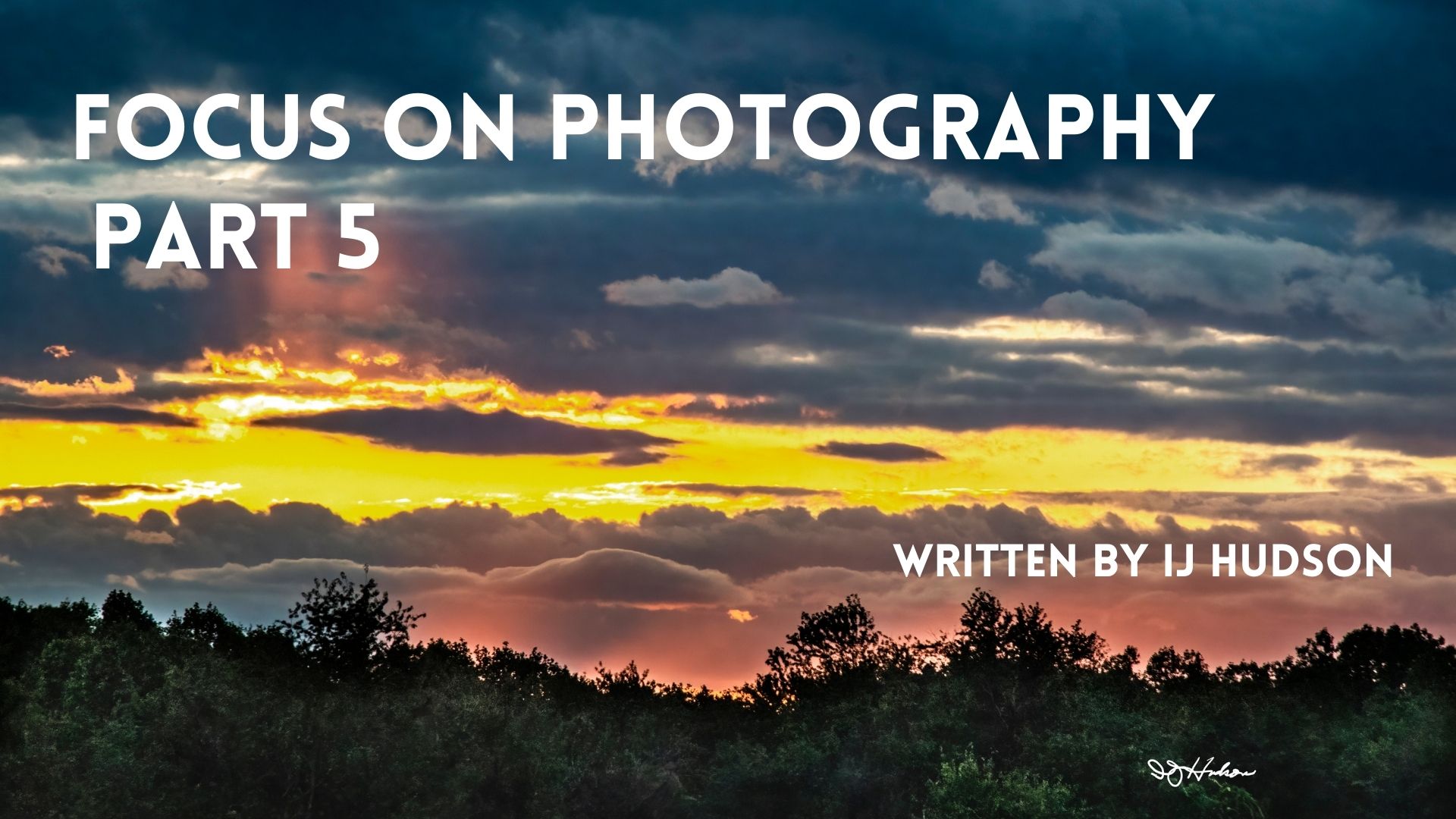What makes you happy? Happy is sharing a photo shoot with someone taller who can catch the spider webs before you do. Happy is also having some alone time to think, see Nature and listen to its creatures.
We all have habits. So do the creatures we like to shoot. They get up early, eat in the early morning and late in the day, and often frequent the same places. I see Great Blue Herons in the same spots all the time. I have named a few of them in the past. I can go to spots along the canal and wait. Something will come along.
Also remember things look different in different weather and different times of the day. The light will be different on the way back, and you’ll see stuff you missed before. So go out at different times.
The forecast is for fog?
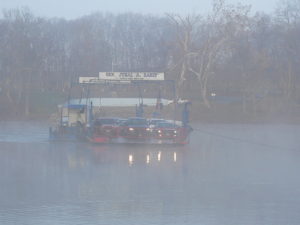
Go out to the river, or a valley area. And remember, creatures are seasonal. Warblers, Grosbeaks, Juncos, different kinds of ducks and a bunch of others pass through our area. Or you can keep up with a few of the bird websites and travel a bit when something special comes through. You may remember the Painted Bunting that showed up at Great Falls, or the Wood Stork that stayed a few weeks at Pennyfield lock.
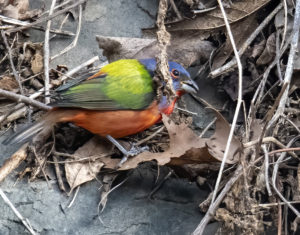
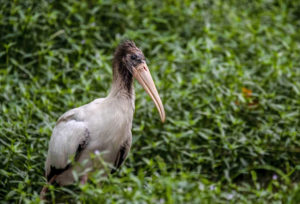
Cloudy weather can be good. Sometimes colors show better without harsh light. And cloudy days let you slow down the shutter speed so you can turn raging water into silk. Try it, you’ll like it. Here is the same shot at two different shutter speeds. (1/200th second and 1/6th second). The rocks don’t move and aren’t affected by shutter speed, but the water is.
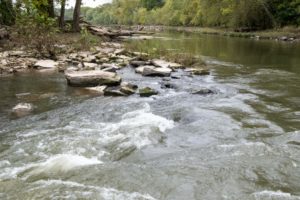
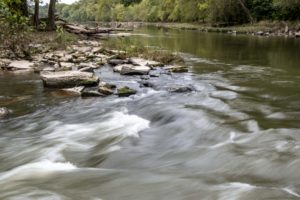
Also consider what makes you feel good. I always like sunsets. I watch them, shoot them, and just take them in. I also get up in the morning, shoot clouds and take a few deep breaths. I’m alive, feel good and want to share that feeling with a picture.
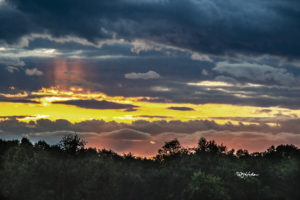
Sunset moves during the year. You’ll want to scout out several places where you can see down to the horizon. And it’s always good if you can find something to put I the foreground of the shot. That means different exposures of the same shot to allow the camera to capture the full dynamic range of what you see. I should say at this point that your eyes are better than your camera for seeing some things. And the camera can see colors you can’t see.
Coming up in the next installment – setting. What to change, and what to leave alone.
If you have a photography technique or problem you would like IJ Hudson to address, please send your inquiry to info@poolesvilleseniors.org with the subject line Focus on Photography. We will try to touch on the subject in subsequent articles.

